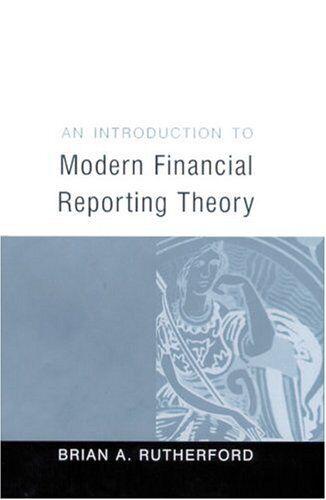[The following information applies to the questions displayed below] For a number of years, a private not-for-profit entity has been preparing financial statements that do not necessarly conform to U.S. generally accepted accounting principles. At the end of the most recent year (Year 2), those financial statements show total assets of $900,000, total liabilities of $100,000, net assets without donor restriction of $400,000, and net assets with donor restrictions of $400,000. This last category is composed of $300,000 in net assets with purpose restrictions and $100,000 in net assets that must be permanently held At the end of Year 1 , financial statements show total assets of $700,000, total liabilities of $60,000, net assets without donor restriction of $340,000, and net assets with donor restrictions of $300,000. This last category is composed of $220,000 in net assets with purpose restrictions and $80,000 in net assets that must be permanently held. Total expenses for Year 2 were $500,000 and reported under net assets without donor restrictions. Each part that follows should be viewed as an independent situation. Assume that this entity charges its members $100,000 each year (Year 1 and Year 2 ). The members get nothing in return for their dues. The entity consistently records the cash collections as an increase in cash and an increase in exchange revenues under net assets without donor restrictions. The board of trustees approved a policy several years ago that 10 percent of the money collected from membership fees be set aside and invested with the money held for emergency purposes. Cash is decreased and "investments held for emergencies" are increased with each purchase. Required: a. What is the appropriate amount of net assets without donor restrictions at the end of Year 1 ? b. What is the appropriate amount of net assets without donor restrictions at the end of Year 2 ? c. What is the appropriate amount of net assets with donor restrictions at the end of Year 2? [The following information applies to the questions displayed below] For a number of years, a private not-for-profit entity has been preparing financial statements that do not necessarly conform to U.S. generally accepted accounting principles. At the end of the most recent year (Year 2), those financial statements show total assets of $900,000, total liabilities of $100,000, net assets without donor restriction of $400,000, and net assets with donor restrictions of $400,000. This last category is composed of $300,000 in net assets with purpose restrictions and $100,000 in net assets that must be permanently held At the end of Year 1 , financial statements show total assets of $700,000, total liabilities of $60,000, net assets without donor restriction of $340,000, and net assets with donor restrictions of $300,000. This last category is composed of $220,000 in net assets with purpose restrictions and $80,000 in net assets that must be permanently held. Total expenses for Year 2 were $500,000 and reported under net assets without donor restrictions. Each part that follows should be viewed as an independent situation. Assume that this entity charges its members $100,000 each year (Year 1 and Year 2 ). The members get nothing in return for their dues. The entity consistently records the cash collections as an increase in cash and an increase in exchange revenues under net assets without donor restrictions. The board of trustees approved a policy several years ago that 10 percent of the money collected from membership fees be set aside and invested with the money held for emergency purposes. Cash is decreased and "investments held for emergencies" are increased with each purchase. Required: a. What is the appropriate amount of net assets without donor restrictions at the end of Year 1 ? b. What is the appropriate amount of net assets without donor restrictions at the end of Year 2 ? c. What is the appropriate amount of net assets with donor restrictions at the end of Year 2







